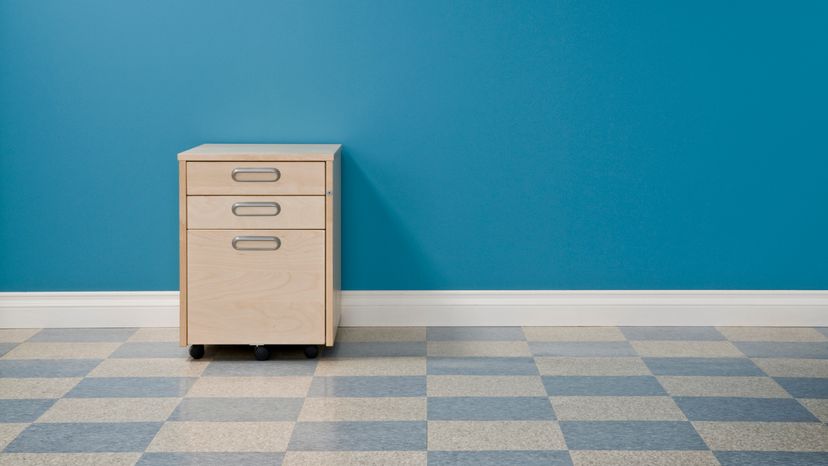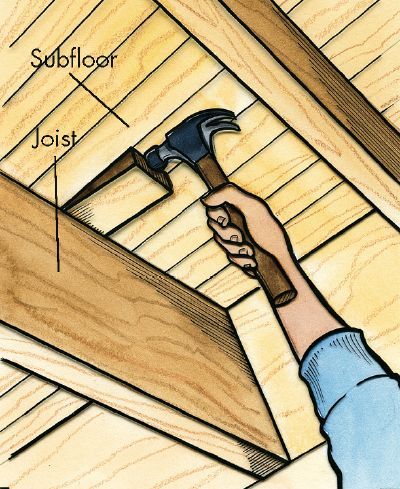
Removing an old linoleum floor is not as easy as laying a new one. One workaround is to lay the new floor directly over the old one. However, this will raise the height of the floor at least ¼ inch (6.35 millimeters) [source: Natural Handyman]. If this isn't an option, get ready to do a lot of crawling around.
First a word of caution: Flooring and its backing or glue may contain asbestos, especially if it's an old floor where fibers were added to the flooring for durability and strength. If the asbestos crumbles during removal, asbestos fibers are released into the air, posing a serious health hazard to anyone who breathes in the fibers [source: Minnesota].
Advertisement
While a sample of the flooring can be taken to a lab to test for asbestos, it's safe to assume that any house built prior to 1980 has asbestos in the floor adhesive (and possibly other places). If the adhesive does contain asbestos, do not remove the adhesive yourself! Most areas have regulations that prevent homeowners from removing such adhesive and require the services of a licensed contractor [source: Natural Handyman].
Here's how to remove linoleum:
- Cut the linoleum into strips using a utility knife. Make the strips between 6 and 12 inches (15.2 and 30.5 centimeters) wide.
- Lift part of each strip with a flat, narrow, putty knife, and then pull off the rest, using the putty knife to help pry it up if necessary.
- Continue removing the strips until you've removed the entire linoleum surface.
- Scrape off the backing and adhesive with a stiff scraper. Be aware that this is the hardest and most time-consuming part of the job. It may be best to do this section-by-section.
- Remove any stubborn adhesive that you can't scrape off with a chemical solvent. Follow the directions on the solvent can and make sure there's sufficient ventilation [source: Natural Handyman].
Advertisement

